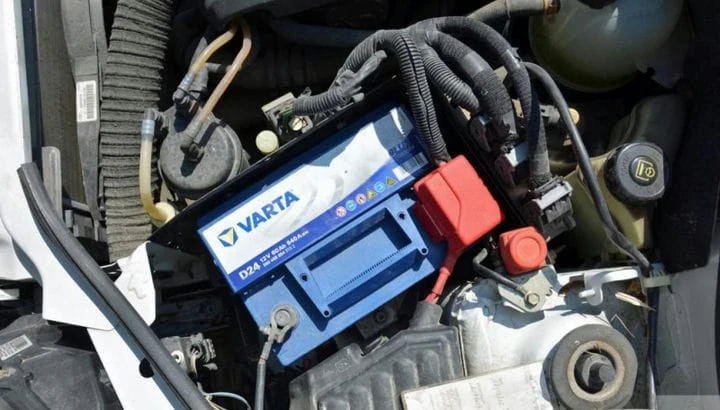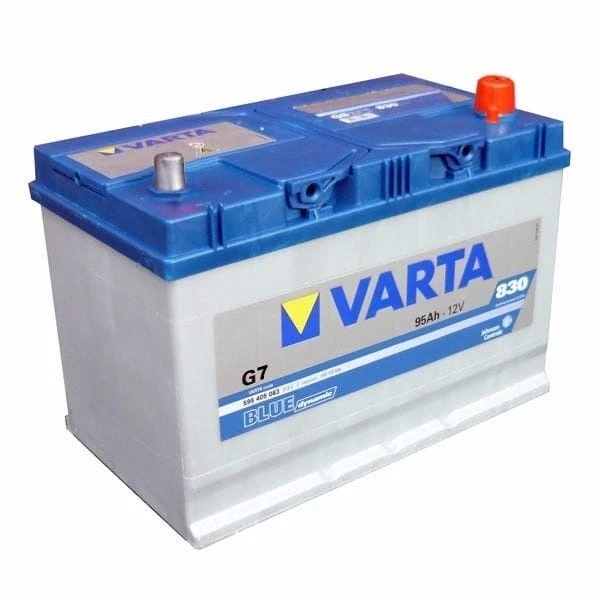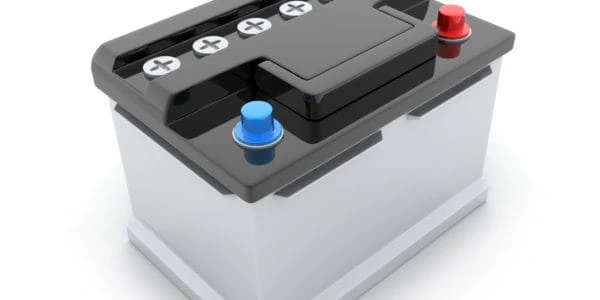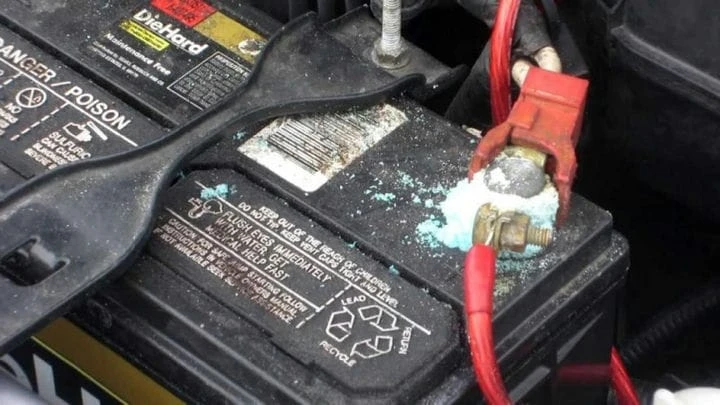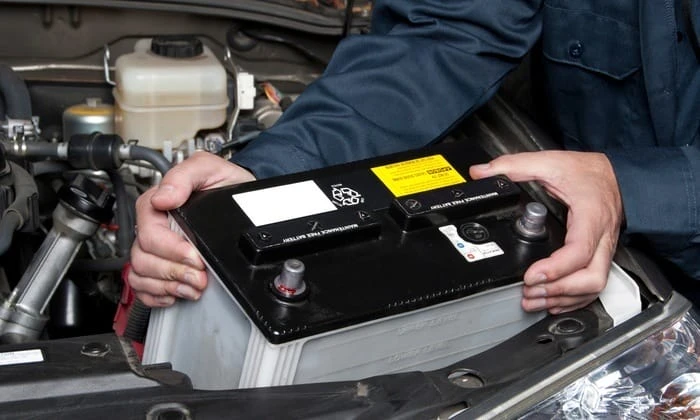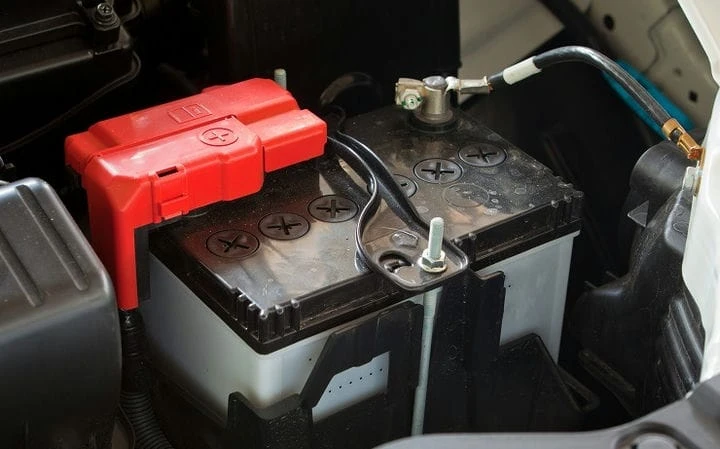Starter battery: characteristics, device and purpose
Starter batteries are used in automobiles as a power source. Electricity is needed to start the internal combustion engine and power all consumers. Tractors and cars use two types of energy sources. This is a battery and a generator. The battery provides power to the starter when starting the engine and consumers. The battery compensates for the lack of power when the generator has not yet started working. Therefore, the battery is called a starter battery. There are also traction batteries, but they are needed for other tasks.
From the history
The first complete battery was created in 1859 by the French inventor Plante. The device consisted of two spirally wound sheets of lead separated by a spacer. These leaves were immersed in a sulfuric acid solution. The battery had a total active electrode area of 10 m2. After improvements and upgrades, the battery was put into mass production in 1880. Later, Volkmar created mesh plates from an alloy of lead and antimony, ushering in a new era of batteries. However, for the first time, an electric starting system in cars began to be used only in 1925.
Operating principle
The simplest lead-acid battery is a plastic container with an electrolyte inside. There are two bowls in the container. These are battery electrodes. The electrolyte is a solution of highly purified sulfuric acid and distilled water. The active substances during the passage of electrochemical processes are lead dioxide on the positive plate, as well as spongy lead on the negative. The electrolyte in a charged battery has a higher capacity.
The battery works on the principle of double conversion: first, electricity from third-party sources is converted into chemical energy, then chemical energy is converted into electrical energy. The battery is not an independent source of power, but only accumulates and converts electricity.
Under the action of the current, the sulfuric acid contained in the electrolyte decomposes. Hydrogen is released from it, which subsequently combines with the released oxygen on the positive plate. The combination of hydrogen and oxygen gives water. Lead combines with acid residues to form lead sulfate.
Along with chemical transformations on the positive plate, when the battery is discharged, the chemical composition of the negative plate also changes. The spongy lead then combines with the rest of the acid to form lead sulfate.
Design
A lead-acid battery, as a reversible source of electric current, structurally consists of a block of electrodes of different potentials placed in a cell filled with electrolyte. Depending on the required voltage, the battery may contain several blocks connected in series. There are 6 such blocks of cells in a 12 V battery. At a voltage of 24 V, the battery contains 12 cells.
electrodes
In a lead-acid battery, the electrode is made in the form of a lattice plate. Plaque cells are full of active substances. The active mass has pores so that as many active substances as possible can participate in the current generation reaction. This is especially important if the discharge currents are high.
The grid includes a frame, vertical ribs, horizontal wires and a current-removing lug through which the electrodes are connected to the jumper. There are also support legs with which the electrode rests against the lower part of the block. Lead mesh is also used as grating in industry.
The grid plays the role of not only a frame that ensures the strength of the electrode. It also provides active mass retention and the ability to connect electrodes in parallel through the ears. The thickness of the electrode grids is selected depending on the operating mode and characteristics of the starting batteries. The grid with negative electrodes is usually thinner, as the electrodes are less susceptible to corrosion and deformation. The weight of the negative grid is 50% of the weight of the electrode.
If the battery is maintenance-free, then the grid is made of lead-calcium-tin alloys or low antimony. This allows you to reduce intense gas formation. Calcium and cadmium provide a higher gassing voltage.
Separators
We continue to consider the purpose and design of the starting battery. What is a separator? It serves to separate the electrodes in the block. This is a porous polymer partition, which is designed to prevent short circuits of electrodes of different polarity. The separator also provides electrolyte supply to the space between the electrodes. In a lead battery, this can be mipor, miplast, or porvinyl.
Battery characteristics
On the territory ?, the starting battery must comply with GOST 959-2002. The battery must match the dimensions and characteristics of the particular vehicle.
The polarity of the battery determines the location of the negative and positive current terminals. If we consider the battery from the side to which the conclusions are closer, then we distinguish between direct and reverse polarity. A straight line is when the positive terminal is on the left and the negative terminal is on the right. On the contrary, when the plus is on the right, and the minus is on the left.
The width of the battery must match the width of the battery compartment on the specific vehicle. Most of the batteries are attached to the bottom edges of the case. As for the length and height, these parameters can be higher if the niche allows.
Rated capacity is the total amount of electricity that the starter battery can deliver in a 20-hour discharge mode with a current equal to 0.05 capacity, up to a current voltage at the terminals of 10.5 V. There is also such a parameter as reserve capacity – this is the discharge time charged battery with a current of 25 A at a voltage of 10.5 V.
The no-load bias current is the discharge current that a battery can deliver at -18 degrees for 10 seconds. In this case, the voltage is at least 7.5 V. The higher this parameter, the easier it will be to start the engine in winter.
Lifetime
The order of SD VS ? No. 104 indicates the reasons for failures in which the battery cannot be used. The order concerns the standards for the service life of starting batteries. Shows the useful life for different types of vehicles.
The minimum operating time of a passenger car for individual use is 60,000 km, and the standard service life is 4 years. If the same passenger car is used for business purposes, the battery life is 2.5 years or 112,000 km. If the passenger car is in taxi mode, the battery life in this case is 70,000 km or 21 months. A starter battery for light commercial vehicles is expected to last 2 years.
But keep in mind that there are no hard and fast rules right now. All batteries are different and their manufacturers are also different. Someone produces a quality product, someone of poor quality. Among the malfunctions in which it is impossible to fully use the battery, the following can be distinguished. This is the deformation of the plates of a car battery and their subsequent destruction, short circuit, strong sulfation of the plates, intense self-discharge, polarity reversal without human intervention.
How can the battery be maintained?
Distinguish between repairable and maintenance-free batteries. The latter, according to manufacturers, do not require any maintenance during the entire service life. The maximum that the owner can do is to regularly charge the battery with a charger. As for the maintenance of starter batteries of the first type, it is necessary to periodically check the electrolyte capacity, charge the battery on the charger, add distilled water if the level has dropped.

